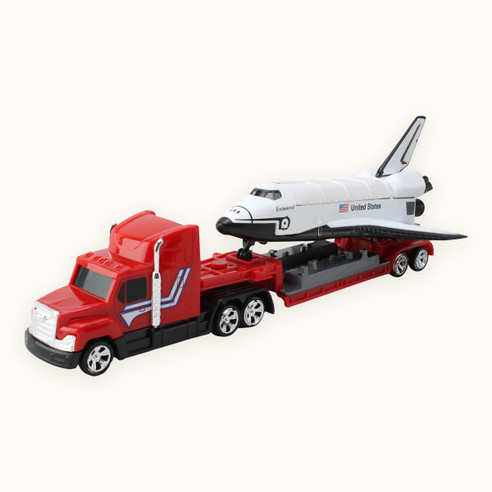-

-

-

BaubleBar NASA Pisa Bracelet
$54.99 -

-

-

-

-

Shuttle Acrylic Frame
$19.99 -

-

-

-

-

NASA Shuttle Statue 4.5"
$16.99 -

Shuttle Statue 6"
$24.99 -

-

-

-

Saturn V Launch Pad Pin
$3.88 -

-

-

Filter By
104Products
